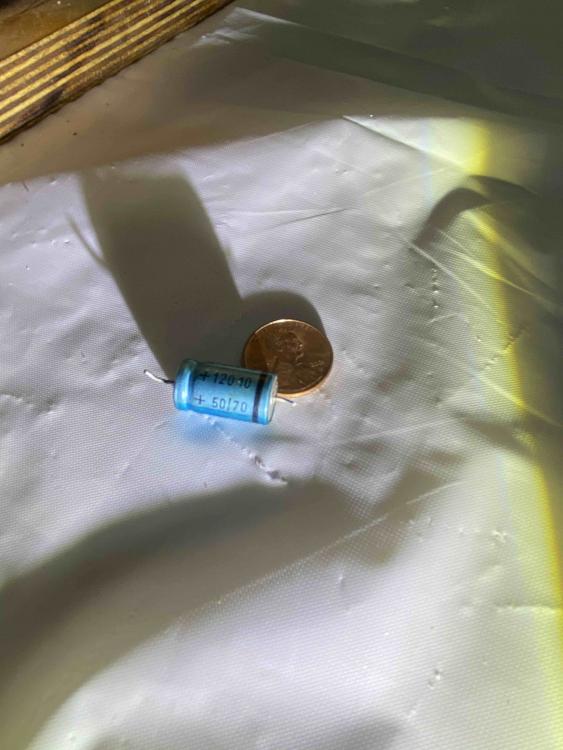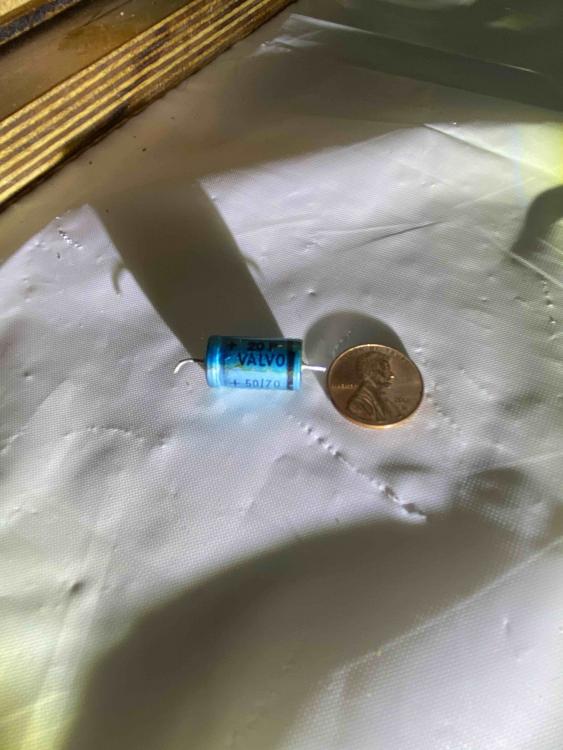Hi,
I have an old VALVO capacitor that states the following. Can you please tell me the value?
120 10
50/70
-40/+83C
2P
Thank you.
In reply to It's on the circuit board of by Wesley
you can upload a picture by clicking on the IMCE button.

I was still unable to determine what those number means. but what I found is a service manual for the Thorens TD125 MK2 turntable. I am pasting the link hear please let me know if the capacitor you are looking for is in the manual or not.
https://www.manualslib.com/manual/1067276/Thorens-Td-125.html?page=21#manual
jaksonlee
A capacitor is a device that stores electrical energy in an electric field. It is a passive electronic Constant exposure to heat can cause dielectric breakdown and excessive leakage, a problem often seen in older PCB-filled paper capacitors are found in very old fluorescent lamp ballasts, and other applications.
The effect of a capacitor is known as capacitance. While some capacitance exists between any two electrical conductors in proximity in a circuit, a capacitor is a component designed to add capacitance to a circuit. The capacitor was originally known as a condenser or condensator.This name and its cognates are still widely used in many languages, but rarely in English, one notable exception being condenser microphones, also called capacitor microphones.The physical form and construction of practical capacitors vary widely and many types of capacitor are in common use. Most capacitors contain at least two electrical conductors often in the form of metallic plates or surfaces separated by a dielectric medium. A conductor may be a foil, thin film, sintered bead of metal, or an electrolyte. The nonconducting dielectric acts to increase the capacitor's charge capacity. Materials commonly used as dielectrics include glass, ceramic, plastic film, paper, mica, air, and oxide layers. Capacitors are widely used as parts of electrical circuits in many common electrical devices.




Debashis Das
Joined December 02, 2019 117Monday at 10:02 PM
where did you find it? And can you upload a picture of it?